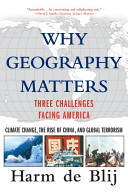 Today we worked on Chapter 6 of the "Why Geography Matters" book by Harm de Blij. It is a preview of the next chapter... Political Geography. It extends on the previous chapter where we discussed how borders are created based on Ethnicity. This chapter focuses on the other types of borders and how the countries of the world got their shapes and the laws governing those borders. The key issues we will discuss are: Where are states located? Why do boundaries between states cause problems? Why do states cooperate with each other? Why has terrorism increased? For a fascinating look at how the US states got their shapes check out the History Channel series "How the States Got Their Shape" based on a book of the same name. On the site check out the video clip of h
0 Comments
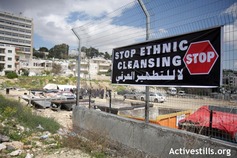 Ethnic cleansing is the process or policy of eliminating unwanted ethnic or religious groups by deportation, forcible displacement, mass murder, or by threats of such acts, with the intent of creating a territory inhabited by people of a homogeneous or pure ethnicity, religion, culture, and history. Ethnic cleansing usually involves attempts to remove physical and cultural evidence of the targeted group in the territory through the destruction of homes, social centers, farms, and infrastructure, and by the desecration of monuments, cemeteries, and places of worship. See the videos below on Ethnic Cleansing. 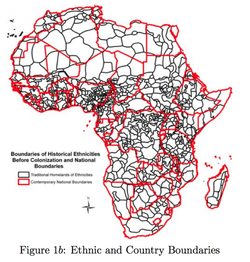 Check out this website for a summary of various Ethnic conflicts in Africa. Place an importance on the Horn of Africa. Check this website for info on the split of India and this website for info on the Kurds. 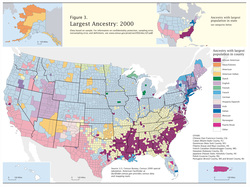 Today we started the student led section discussion with the discussion of section 1 from chapter 7 (Ethnicity). We discussed: 1) What is Ethnicity? 2) What are the main ethnicities in the US and where are they located (refer to picture on left)? 3) What is the difference between African American and Black? 4) What are the three types of African American migration? -Forced Migration -Great Migration -Expansion of Ghetto 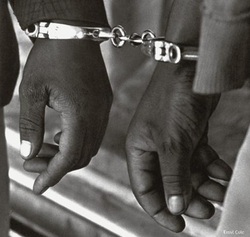 Today in class we watched a power of place video on Apartheid and land redistribution. Afterwards we divided into our groups and divided up the learning for Chapter 7. The crime of apartheid is defined by the 2002 Rome Statute of the International Criminal Court as inhumane acts of a character similar to other crimes against humanity "committed in the context of an institutionalized regime of systematic oppression and domination by one racial group over any other racial group or groups and committed with the intention of maintaining that regime." Most often it is associated with the country of South Africa where whites and non-whites were segregated and the white minority (10%) controlled nearly 85% of the land. Where as the non-white majority (90%) were forced into "homelands" which consisted of only 15% of the land (mostly useless drought lands). Additional information can be found on the apartheid museum website. |

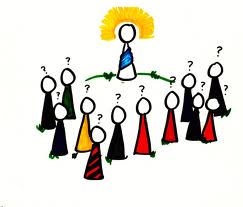

 RSS Feed
RSS Feed
